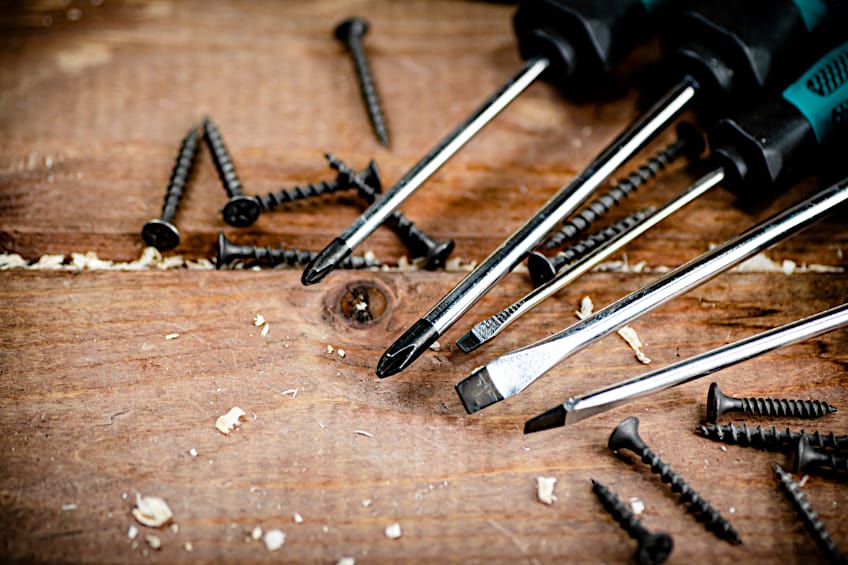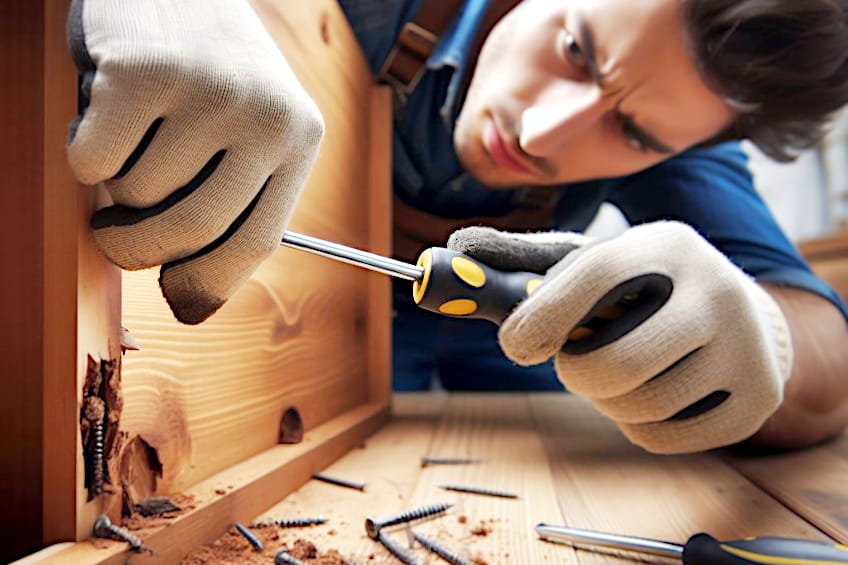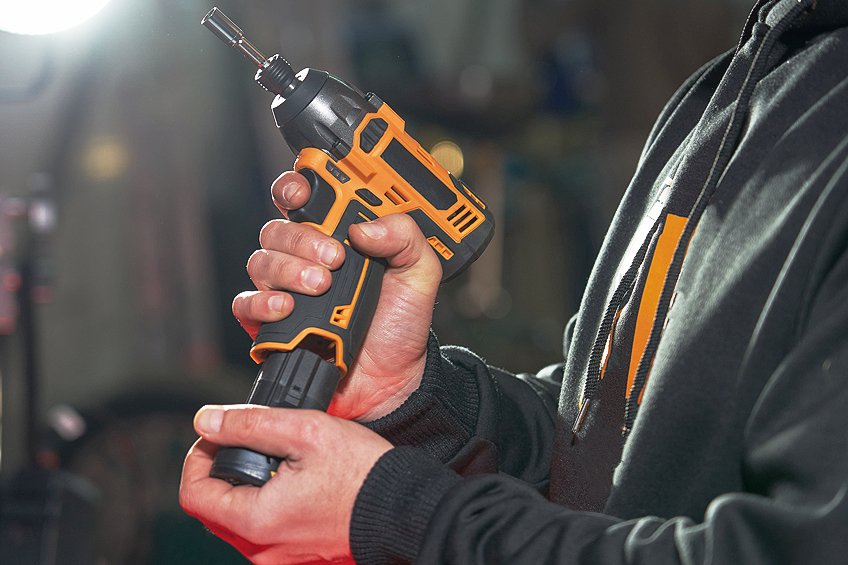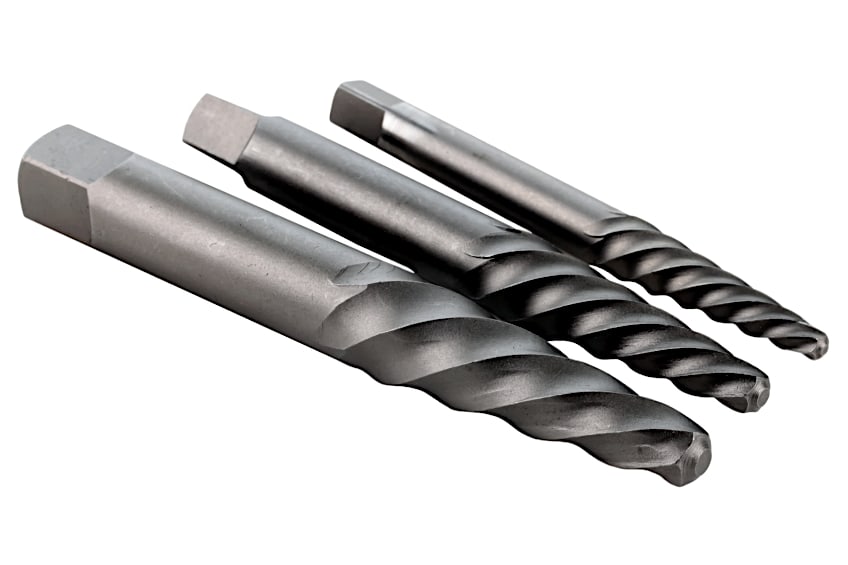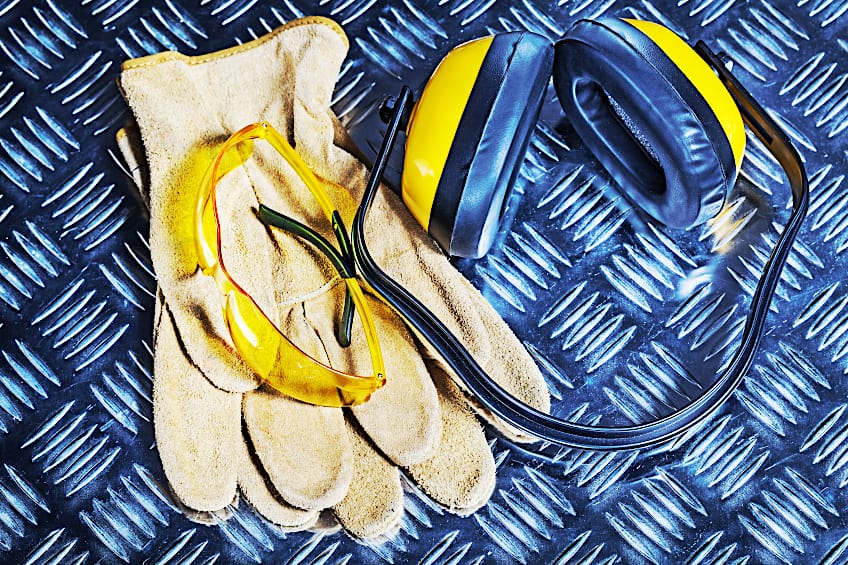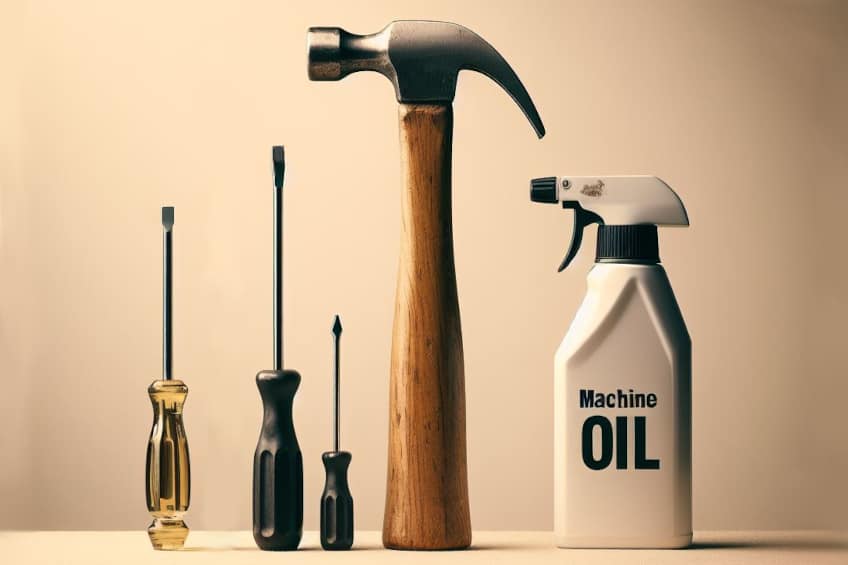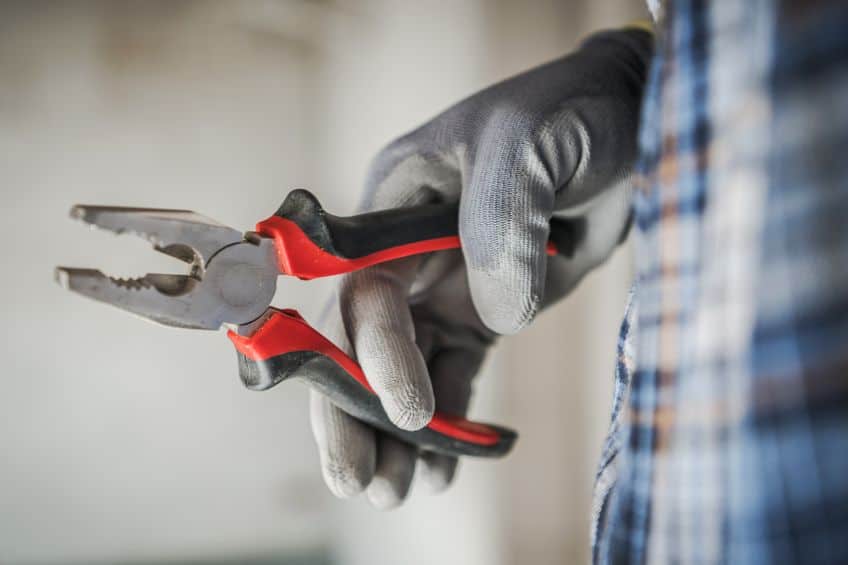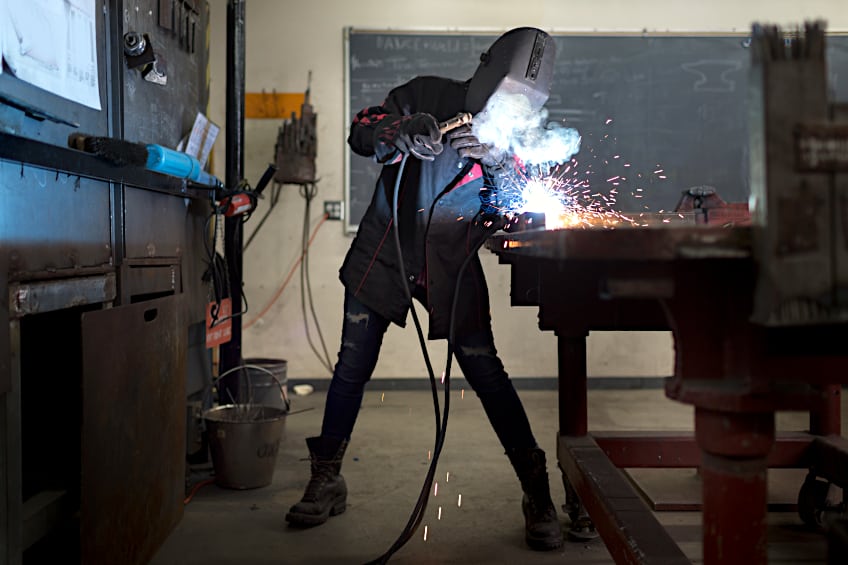How to Remove Screws With No Head – DIY Hacks
This post may contain affiliate links. We may earn a small commission from purchases made through them, at no additional cost to you. You help to support resin-expert.com
We have all made use of screws at some time or another in our lives. However, maybe you have had the unfortunate experience of screws getting stuck or screw heads that are stripped, making it impossible to remove using a screwdriver. If this has happened to you, do not panic, for there are ways of removing a broken or stuck screw. In this article, we will be sharing some of these techniques. Let’s get to it!
Table of Contents
Removing a Screw With a Stripped Head Using a Power Drill
There are several reasons why you end up with a striped screw head, and one of them is how you use the screwdriver. The screwdriver always needs to be correctly aligned with the drive of the screw, and you will always damage or strip the screw head if the angle of the screwdriver is off. The screwdriver needs to be exactly at 180 degrees with the screw head. There are sets of screwdriver bits that are specially designed to be inserted into a power drill, but it is never a good idea to use these bits to insert your screws, as the power drill spins too fast and will strip and damage the screw head.
You must always use a handheld screwdriver to tighten the screw properly and prevent damaging the screw head. Screwdrivers come in various shapes, sizes, and materials, so it is very important to use the right screwdriver that matches the screw head you are working with. If the screwdriver you are using is too small or too big for the screw head, or it is made from a very hard type of material, it will strip your screw head. So, how can you remove a screw with a broken head?
Use the Screw Extractor Method
This is a very easy and effective way to remove a screw with a broken head or stripped head. The tools you will need are a power drill and a screw extractor set that needs to be double-sided. One end of the screw extractor will be the extractor itself, and the other end is a drill bit that will suit the size of the screw you want to remove. You first need to choose the proper size drill and insert it in the power drill. Next, drill a hole into the damaged screw head just large enough to accommodate the extractor, making sure you set your power drill on a low-speed setting.
Now remove the extractor tool from the drill and reverse it so that the extractor is facing outwards. Position the extractor inside the hole and slowly remove the screw.
Use the Power Drill Only Method
If the screw head has been stripped, but the screw you are using has not sunk completely into the material but is sticking up above the surface, you can take your power drill and catch the screw with the chuck. Reverse the direction of the drill, and slowly remove the damaged screw. You can also take your power drill and insert a drill bit. The bit must be a similar size as the shank of the stripped head screw. Drill a hole, the same depth as your damaged screw, right next to the screw, and then tap the screw gently till it moves into the new hole you have just drilled. The screw is then easy to remove from the material.
However, if all the methods fail and the screw will not budge the only answer left is to destroy the screw completely by selecting a high-quality hardened drill bit with a diameter that is slightly smaller than the screw shank. Insert the drill bit into the power drill and drill a hole in the center of the stripped head screw and slowly drill a hole as straight as possible into the screw, this should loosen the screw and allow you to remove it from the material.
Removing a Screw With a Stripped Head Without Using a Power Drill
You might not have a power drill or screw extractor set, but it is still possible to remove a damaged screw using some tools or equipment that are readily available in most homes. The only problem will depend on the type of screw you are removing. The damaged screw may have a countersunk head, or a raised head, which means that a screw with a raised head always sits above the surface of your material, allowing you to grip it securely. Whereas, a screw with a countersunk head sits flush with the surface of the material and can be more difficult to remove.
Let us now consider the methods to use for both situations.
Removal of a Stripped Head Screw With a Raised Head
As the screw head is raised, it is very easy to grip it securely. All you need is a pair of screw removal pliers, or if you do not have screw removal pliers, then ordinary pliers, or locking pliers will do the job. Use the pliers to take hold of the raised head of the screw and start to turn it out. It may take some time and strength, but it will remove the damaged screw.
Everyone has rubber bands in their homes, and this is all you may need to remove a stripped head screw. Wrap the rubber band around the tip of the screwdriver and place the screwdriver into the screw head. The rubber band gives the screwdriver extra grip, and you can remove the screw by using a Phillips or plain screwdriver.
Removal of a Stripped Head Screw With a Countersunk Head
When the damaged screw has a countersunk head, the screw is too deep into the material, and you have nothing to grip. However, there are methods that you can use in this situation to successfully remove a countersunk screw. Take a wood chisel and chip the wood around the screw head, which will make a space that will enable you to use pliers to grip the screw and remove it from the material. However, if the screw has sunk too deep into the material, you can use a wood plug cutter, which is a tool like a hollow cylinder with saw-tooth teeth.
You bore a hole around the wood screw until you have enough of the screw exposed to allow for a better grip, then use pliers to remove the screw.
Another method you can use to remove a stripped screw head is to use a demolition screwdriver, which is a screwdriver that has a shaft that extends beyond the handle with a striking plate on it. Take the demolition screwdriver, place it onto the damaged screw head, and begin to strike the striking plate with a hammer. This will cut a new slot in the damaged screw head, allowing you to insert a screwdriver and remove the screw.
Removing a Rusted or Seized Screw
We have just finished sharing a few methods on how to get a broken screw out. Now let us concentrate on what methods to use for removing a rusted or sized screw. Try not to apply too much force as you will likely strip the screw head, making it more difficult to remove. Screws can rust or seize from many causes. One of these reasons is cold welding, which means the screw can seize inside the hole of the material due to the friction caused by the tightening of the screw, which will increase the temperature.
Another reason why a screw may seize is expansion as metals expand when heated, and not all metals expand the same. When you use a metal screw, it will have a coefficient of expansion that is higher than the metal you are screwing into, and just a little bit of heat will cause the screw to expand within the hole of the metal, making it very difficult to remove. If you are using a steel screw, it has a very low rust resistance and if subjected to moisture or dampness in the air, the screw is very likely to rust. Rust acts almost the same as an adhesive, resulting in the screw seizing in the material. Let us now consider what methods to apply for removing rusted or seized screws.
Shock and Awe Method
If you have a screw that is rusted and seized, and you were careful not to strip the screw head, then the shock and awe method can work. For this method, you will need a hammer, some lubricating or penetrating oil, and a screwdriver. Spray some lubricating oil, like WD-40 or Liquid Wrench, over the screw and surrounding area and leave it to soak for about an hour.
You can also use Coke, Pepsi, oven cleaner, or even some lemon juice.
Next, take the hammer and hit the screw with a few strikes, this will break the rust and loosen the threads of the screw. Take your screwdriver and insert it into the screw head and begin to loosen the screw, which may require a little pressure to move the screw.
Heat and Cool Method
This method is ideal for screws that have seized due to thermal expansion or cold welding. You need to have a butane or propane torch and a screwdriver. Make sure that the screw can bear high temperatures. Apply the heat from the torch to the screw for around 30 to 45 seconds. This will cause the screw to expand, then allow it to cool down, which will cause the screw to contract. The expansion and contraction of the screw will break the adhesion that it has with the material in the hole. This will loosen the screw so you can withdraw it with the screwdriver. If the screw is still stuck, try the shock and awe method.
Destruction Method
If all the above methods do not work, then try the destruction method. This will destroy the screw and the threads, so it is a last-resort method. Make sure you wear protective eye equipment, as metal pieces may fly around. You must have a power drill and high-quality drill bits for this method. Choose a drill bit that has a diameter slightly smaller than the screw shaft. Insert the drill in the power drill and start to drill in the center of the screw head, making sure you select a slow speed, and drill until you reach the bottom of the screw.
Now you can remove the screw, but if it is still stuck, try again using a drill with a larger drill size.
Removing a Screw With No Head
Wondering how to get a broken screw out? You may experience that while you are trying to remove a screw that has a rusted or stripped head, you can accidentally break the head of the screw off. There is no cause for alarm as you can use the same methods that we discussed above for a stripped head. However, if the screw you want to remove is too small or the material is too hard, then you can use the following methods.
Hollow Screw Extraction Method
Where there is no head on the screw, you will not be able to cut into the screw, so you will need to cut around the screw to remove it. You will need a hollow screw extractor and a power drill. The hollow screw extractor can cut around the screw and it can be easily removed with some of the wood remaining around the screw. Place the hollow screw extractor in the power drill, change the setting of the power drill to reverse, and position the extractor around the screw. Begin to rotate it, which should cut into the wood around the screw. You can easily remove the screw with the wood, leaving you with a hole behind.
This you can easily repair using a doweling stick to fill the hole, then sand the surface of the wood to make it smooth and flat.
Weld Nut Method
If you have the shaft of the screw sticking out a little from the wood and you cannot grip it properly with pliers, you can always make a new head on your screw. You will need a welding machine and a size nut that is the same diameter as the screw shaft.
Screw the nut onto the extended shaft of the screw, and using your welding machine, weld the nut securely to the extended shaft of the screw. Now take a pliers or wrench and twist the screw off as if it were an ordinary nut, and the headless screw will come out.
How to remove screws with no head seems to be a normal problem when doing DIY projects at home. We have discussed several methods you can use to extract broken screws without causing too much damage to the surface of your material. However, if you find you are left with a hole in your material after removing the screws, just use some wood filler to patch up the hole and sand it down. We hope this article has been of some help to you when you are faced with the problem of removing damaged screws.
Frequently Asked Questions
How to Remove Screws With No Head?
If you have tried all of the available methods to remove a screw with no head without success, then alternatively, you can take a hacksaw and cut a new slot in the head and use a screwdriver with a flat point to remove the screw.
How to Remove Screws That Have Stripped Heads?
Screws that easily land up with stripped heads are normally made from a soft metal, which can easily be deformed. Use your screwdriver and place it on the screw head and knock it with a hammer. This can lodge into the screw, giving you more torque to remove the screw.
How to Remove a Stripped Screw Head With Super Glue?
Place some super glue on top of the damaged screw head, then place your screwdriver into the super glue and allow it to set. This will allow you to remove the screw from the material. Make sure to remove the glue from your screwdriver once done.


